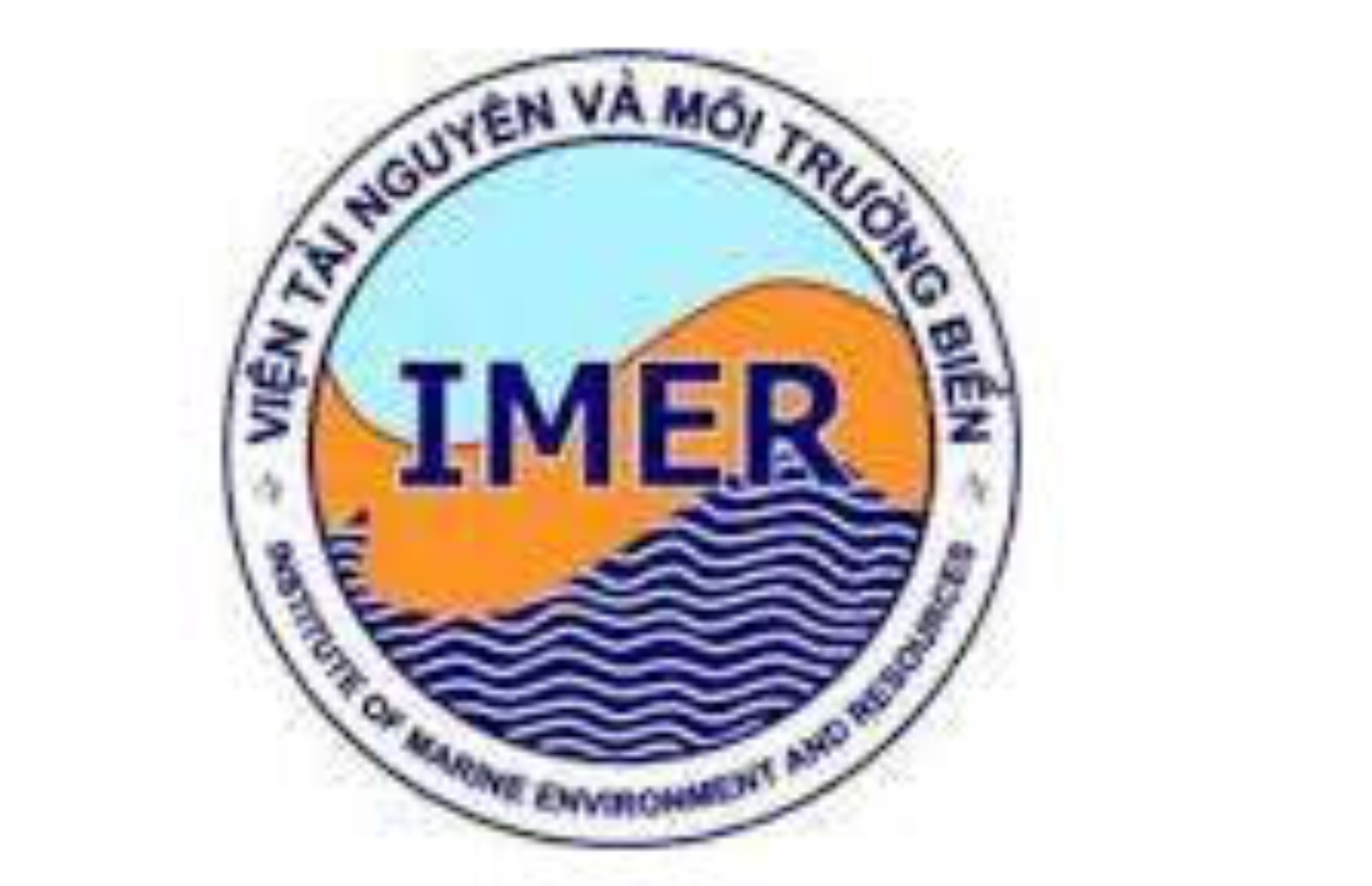MORPHOLOGICAL CHARACTERISTICS OF THE GIANH RIVER (FROM CO CANG TO CUA GIANH) IN RELATION TO THE EROSION AND ACCUMULATION
Author affiliations
DOI:
https://doi.org/10.15625/1859-3097/18/4/13658Keywords:
Gianh river, bank erosion, meandering channel, deposition.Abstract
On the basis of morphological characteristics and erosion - accumulation of sediment, it is possible to divide the stretch of the Gianh River from Co Cang to Cua Gianh (about 54km in length) into 3 sections as follows: Meandering channel (from Co Cang to Tien Xuan Isles): the length of the channel is 27.69km and the width of the channel is 80-250m. The channel is in the form of a meandering, narrow riverbed, flow plays a dominant role, deposition activities develop strongly at the convex side, while erosion occurs strongly in the concave side (cut side); Braided channel (from Tien Xuan Isles to Quang Phu): the length of the channel is 17.06km and the width of the channel is 800-2,200m. The channel is straight, the river bed is large and the depth of the river bed is 2-11m. Sedimentation occurs mainly at the bottom of the channel and creates bar in the middle of the channel; Straight channel (from Quang Phu to Cua Gianh): the length of the channel is 9.23km and the width of the channel is 800-1,000m. The channel is straight and the depth of the river bed is 8-12.5m. In addition to the role of river flow, it is strongly influenced by marine dynamics. The erosion and accretion activities occur mainly in estuaries. The results above show trend of river development: i) Meandering channel is the most vulnerable to changes for morphology of channel by erosion and accretion of sediment and can create 1-2 horseshoe pools by the river change line; ii) Braided channel mainly changes in the bottom of channel by the formation of channel bar; iii) Straight channel mainly changes in the estuary (the mouth of the river can be moved, enlarged or narrowed).Downloads
Metrics
References
Tran Thanh Toan (Ed.), Nguyen Van Nha, Le Quang Chien, Truong Xuan Diu, Nguyen Van Thanh, Dang Van Hoa, 1991. Quang Binh: Natural Conditions, Environmental Resources, Socio-economic and Development, Department of Science and Technology, Quang Binh province, p. 166, printed at the statistics department of advertising, Dong Hoi.
![]()
Tran Tinh (Ed.), Dinh Cong Hung, Le Van Lam, Ngo Trinh Hieu, Nguyen Dinh Khanh, Nguyen Phu Vinh, Nguyen Thac Thu, Nguyen Dac Lu, Vu Huy Phuc, Vu Mạnh Dien, 1996. Geology and Mineral Resources of Mahaxay - Dong Hoi, Scale 1:200.000. Departement of Geology and Minerals of Vietnam, Hanoi.
![]()
Reineck, H. E., and Singh, I. B., 1973. Depositional sedimentary environments. Springer. Pp. 439.
![]()
Nguyen Tien Hai, Do Canh Duong, 2010. Characteristics of erosion and accumulation and evolution in the estuarine regions of Lam river in Holocene. Scientific Conference on 35th Anniversary of Vietnam Academy of Science and Technology, Hanoi, 10/2010, Pp. 110–116.
![]()
Tran Trong Hue, 2005. Study on geological hazards and prevention measures. Scientific Conference on 30th Anniversary of Vietnam Academy of Science and Technology, Book III, Pp. 329–344.
![]()









